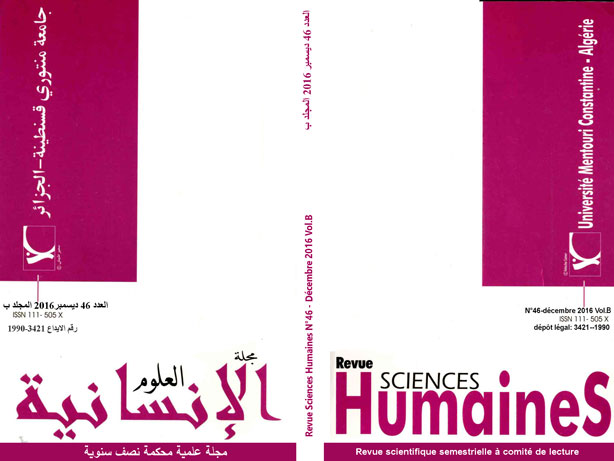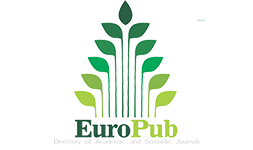General English Learners’ Perceptions of English for Science and Technology: The Case of Third Year Applied Language Studies Learners, University of Constantine
Keywords:
English, Science, Technology, EST, learners, perceptions, needs awareness, choice, materialsAbstract
The aim of this article is to investigate third year General English learners’ perceptions of English for Science and Technology. The latter is a subject introduced in the curriculum of “Licence LMD in English” to give students an idea about the basic theoretical notions of EST and to train them for reading, understanding, and writing an EST paragraph. In the Department of English, at the University of Constantine 1, a team of teachers have chosen as a teaching material a textbook which is entitled“Minimum Competence in Scientific English” to teach EST without having carried out a formal evaluation of this textbook to establish its efficacy and suitability to the intended population. This makes it even more interesting to study General English learners’ perceptions towards EST as the content of the textbook presupposes having background knowledge in science and technology and this can be challenging to our learners what intrigues us to know their attitudes. To carry out a thorough evaluation of this coursebook, a questionnaire is given to eighty students chosen randomly from third year linguistics and Applied Language Studies option. The results reveal that the participants are not aware of their needs though they have positive attitudes towards EST.Downloads
References
Bojovic, M. (2006). Teaching foreign languages for specific purposes: Teacher development.
The proceedings of the 31st Annual Association of Teacher Education in
Europe.(pp. 487-493). Retrieved October 30, 2008 from
http://www.pef.uni-lj.si/atee/978-961-6637-06-0/487-493.pdf
Dudley-Evans, T., and St. John, M. J. (1998). Developments in English for Specific Purposes:
A Multi-disciplinary Approach. Cambridge, Cambridge University Press.
Flowerdew, J. (1990). ‘English for specific purposes: A selective review of the literature’. In
ELT Journal, 44/4, 326-337.
Gao, J. (2007). Designing an ESP course for Chinese university students of business. Asian
ESP Journal. 3(1). Retrieved March 20, 2009 from http://www.asian-esp-
journal.com/April_2007_gj.php
Hutchinson, T., and Waters, A. (1987). English for Specific Purposes: A Learner-centered
Approach. Cambridge University Press.
Iwai, T., Kondo, K., Limm, S. J. D., Ray, E. G., Shimizu, H., and Brown, J. D. (1999).
Japanese Language Needs Analysis. Available at:
http://www.nflrc.hawaii.edu/Networks/NW13/NW13.pdf
Jordan, R .R. (1997). English for Academic Purposes: A Guide and Resource Book for
Teachers. Cambridge: Cambridge University Press.
Kennedy, C. and R. Bolitho (1984). English for specific purposes. London: Macmillan.
McDonough, J. (1984). ESP in Perspective: A Practical Guide. London: Collins ELT.
Robinson, P.C. (1991). ESP Today: A Practitioner’s Guide. New York: Prentice Hall
International.
Trimble, L. (1985). English for Science and Technology: A Discourse Approach.
Cambridge:Cambridge University Press.
Widdowson, H.G. (1979). Explorations in Applied Linguistics. London University Press.
Wilkins. A.D (1976).Notional Syllabus. OUP.
















